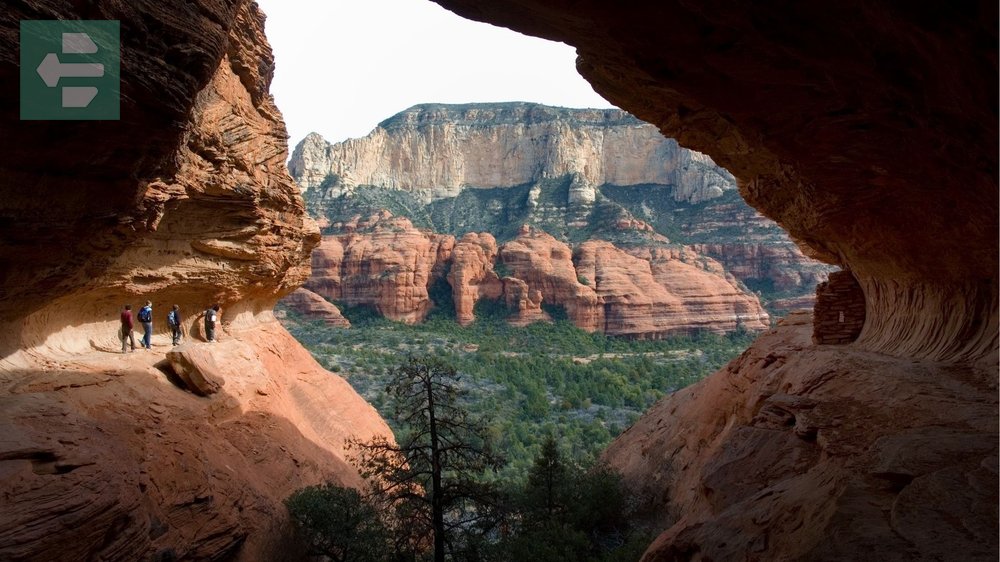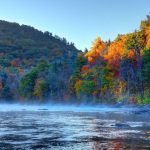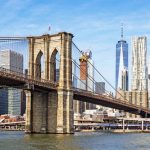The best places to travel in US span from Hawaii's volcanic beaches to Alaska's untamed wilderness, California's coastal highways to New York's towering skylines. Each destination offers distinct experiences—whether you seek Colorado's powder snow, Utah's red rock canyons, or Maine's lighthouse-dotted shores.
Keep reading as we explore America's most compelling destinations that will transform your next adventure into an unforgettable journey.
List of Contents
- 1. Hawaii: Where Fire Meets Ocean
- 2. California: Three States in One
- 3. Florida: America's Tropical Edge
- 4. New York: Vertical Wilderness
- 5. Alaska: America's Last Frontier
- 6. Colorado: Vertical Playground
- 7. Utah: Red Rock Cathedral
- 8. Arizona: Desert Masterpiece
- 9. Washington: Emerald Corner
- 10. Oregon: Pacific Paradise
- 11. Montana: Big Sky Country
- 12. Wyoming: Untamed Wilderness
- 13. Maine: Rugged Atlantic Edge
- 14. Vermont: New England's Heart
- 15. North Carolina: Mountain to Sea Diversity
1. Hawaii: Where Fire Meets Ocean
Hawaii's eight main islands offer experiences you cannot find anywhere else on Earth. Kilauea volcano on Big Island has been erupting continuously since 1983, creating new land while you watch.
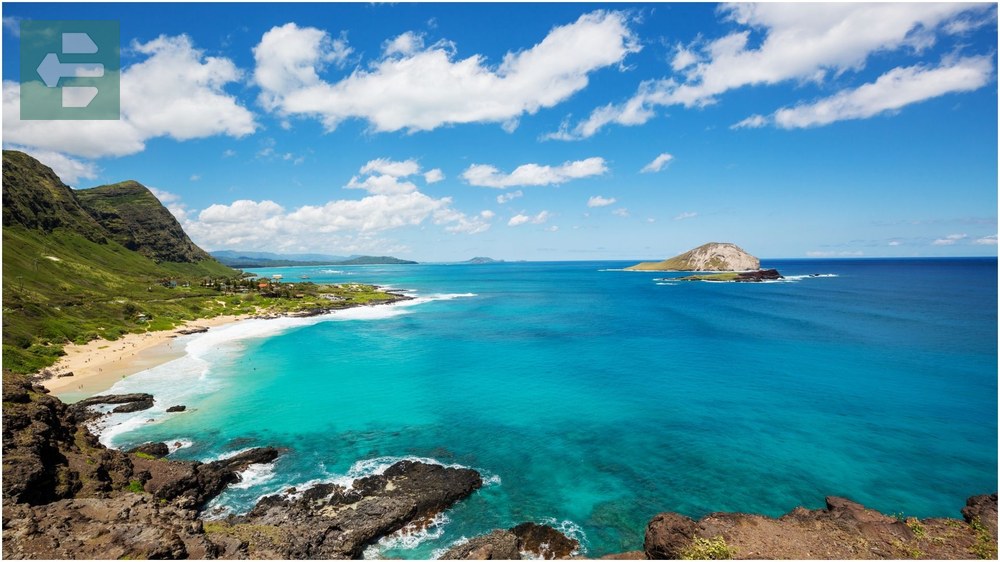
On Maui, the Road to Hana winds through 617 curves and 59 bridges. Most tourists rush through it, but the real magic happens when you stop at the hidden waterfalls locals know about.
I spent three days on Kauai's Na Pali Coast, accessible only by helicopter, boat, or an 11-mile hike. The emerald cliffs drop 4,000 feet into Pacific swells—a reminder that some beauty requires effort to witness.
Quick Facts:
- Peak season: December-April, June-August
- Access: Direct flights to Honolulu, Maui, Kona, Lihue
- Park fees: From $30 per vehicle (Hawaii Volcanoes National Park)
- Suggested stay: 7-10 days
- Must-see spots: Waikiki Beach, Pearl Harbor, Haleakala Crater, Na Pali Coast
2. California: Three States in One
California stretches 900 miles from Mexico to Oregon, containing deserts, mountains, and coastline that rivals any continent. The Pacific Coast Highway between San Francisco and Los Angeles ranks among the world's most scenic drives.
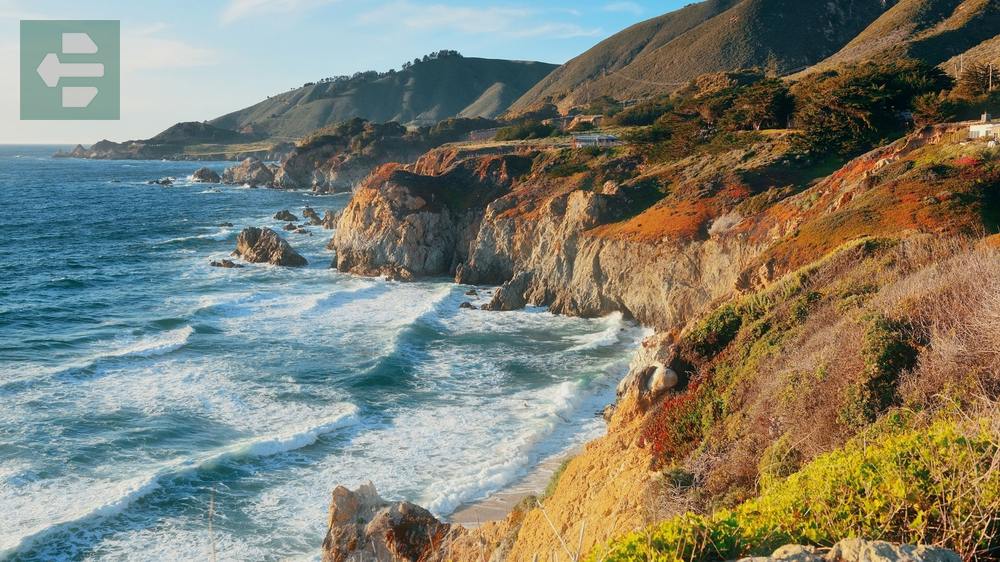
Yosemite's granite walls rise 3,000 feet from the valley floor. El Capitan draws rock climbers from every continent, while Half Dome challenges hikers with cables and vertigo.
In Death Valley, I watched sunrise paint the Mesquite Flat Sand Dunes gold while temperatures sat at 28 degrees. Four hours later, that same thermometer read 118 degrees—Earth's extremes in fast forward.
Quick Facts:
- Peak season: May-September (varies by region)
- Access: Multiple international airports (LAX, SFO, SAN)
- Park fees: From $35 per vehicle (Yosemite, Joshua Tree)
- Suggested stay: 10-14 days
- Must-see spots: Golden Gate Bridge, Hollywood, Napa Valley, Big Sur, Lake Tahoe
3. Florida: America's Tropical Edge
Florida's 1,350 miles of coastline offer two distinct experiences. The Atlantic side brings consistent surf and spring break energy, while the Gulf Coast delivers calm waters and spectacular sunsets.

The Everglades ecosystem spans 1.5 million acres of sawgrass marshes and cypress swamps. Alligators sun themselves on every mudbank, and pink spoonbills wade through shallow waters like living flowers.
Key West sits closer to Cuba than Miami. The southernmost point marker attracts thousands of photos daily, but the real treasure lies in the coral reefs 20 feet beneath your boat.
Quick Facts:
- Peak season: December-April
- Access: Miami, Orlando, Tampa international airports
- Park fees: From $30 per vehicle (Everglades)
- Suggested stay: 7-10 days
- Must-see spots: South Beach, Disney World, Key West, Everglades, St. Augustine
4. New York: Vertical Wilderness
New York City compresses eight million people into 302 square miles, creating an urban ecosystem unlike anywhere else. Central Park's 843 acres provide green relief amid concrete and steel.
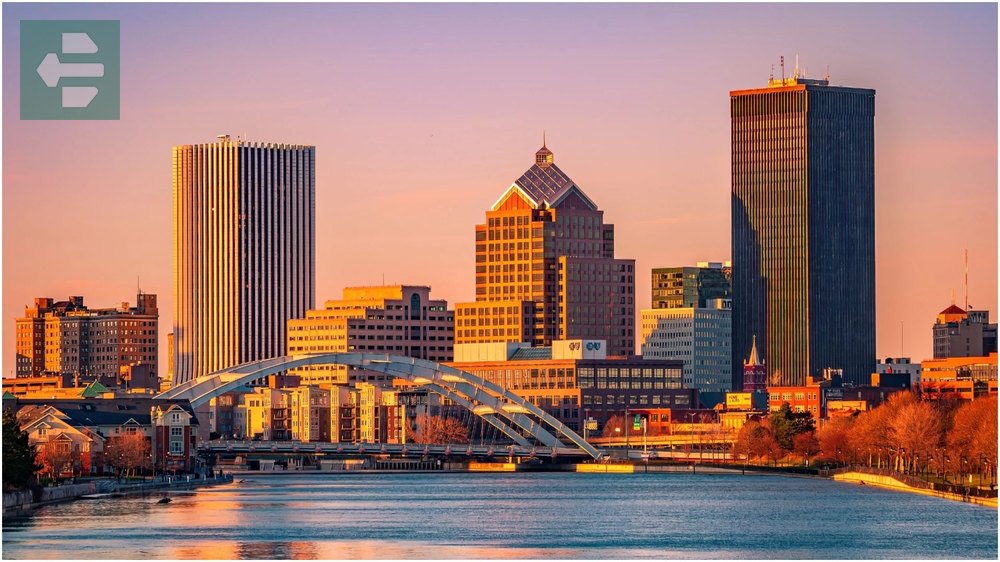
The Statue of Liberty stands 305 feet tall on Liberty Island. Most visitors photograph her from the ferry, but climbing to the crown requires advance reservations and serious stamina—354 steps up a narrow spiral staircase.
Times Square pulses with 300,000 daily visitors and 50 million LED lights. The sensory overload can overwhelm, but duck into any side street and discover the New York locals actually inhabit.
Quick Facts:
- Peak season: April-June, September-November
- Access: JFK, LaGuardia, Newark airports
- Park fees: Free (many attractions charge separately)
- Suggested stay: 4-7 days
- Must-see spots: Statue of Liberty, Empire State Building, Central Park, Broadway, 9/11 Memorial
5. Alaska: America's Last Frontier
Alaska contains more wilderness than the lower 48 states combined. Denali National Park spans six million acres, but only one road penetrates its interior—and private cars stop at Mile 15.
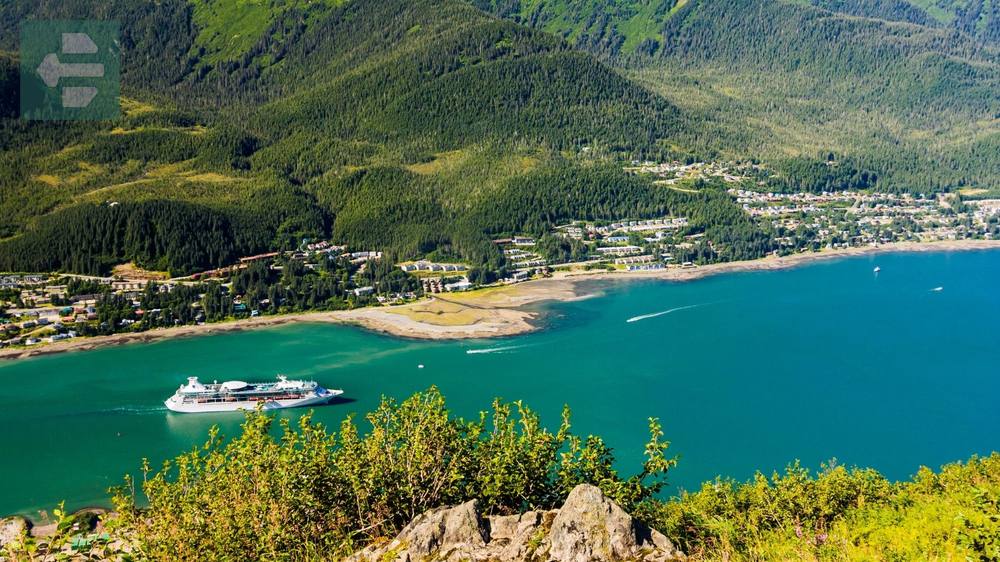
Glacier Bay showcases active glaciers calving icebergs into frigid waters. The thunderous crack of thousand-year-old ice breaking free carries for miles across the silence.
During my August visit to Barrow, the sun never set. At 2 AM, I watched polar bears hunt seals on ice floes while arctic terns dove for fish in golden midnight light.
Quick Facts:
- Peak season: May-September
- Access: Anchorage, Fairbanks, Juneau airports
- Park fees: From $15 per person (Denali)
- Suggested stay: 7-12 days
- Must-see spots: Denali, Glacier Bay, Kenai Fjords, Inside Passage, Northern Lights
6. Colorado: Vertical Playground
Colorado contains 58 peaks above 14,000 feet, earning the nickname “America's Switzerland.” The Rocky Mountain spine divides weather patterns and creates microclimates every few miles.

Aspen's ski slopes attract celebrities and powder hounds, but the real magic happens in autumn when golden aspens carpet entire mountainsides. The leaves tremble in the slightest breeze, creating nature's own percussion section.
Mesa Verde preserves cliff dwellings built 800 years ago. Standing inside these ancient apartments, you realize some things transcend time—the human need for shelter, security, and community.
Quick Facts:
- Peak season: June-September (summer), December-March (skiing)
- Access: Denver International Airport
- Park fees: From $30 per vehicle (Rocky Mountain National Park)
- Suggested stay: 5-8 days
- Must-see spots: Rocky Mountain National Park, Aspen, Vail, Mesa Verde, Garden of the Gods
7. Utah: Red Rock Cathedral
Utah's five national parks showcase geological artistry spanning 270 million years. Arches National Park contains over 2,000 natural stone arches, each carved by wind and water into impossible shapes.

Zion's Virgin River carved a canyon so narrow that sunlight only reaches the bottom at midday. The Narrows hike requires wading through chest-deep water between 1,000-foot walls—part hiking, part swimming, entirely unforgettable.
At Bryce Canyon, I arrived before dawn to photograph sunrise hitting the hoodoo formations. The red rocks caught fire in the early light, transforming the amphitheater into something that belonged on Mars.
Quick Facts:
- Peak season: April-October
- Access: Salt Lake City, Las Vegas airports
- Park fees: From $35 per vehicle (per park)
- Suggested stay: 8-12 days
- Must-see spots: Zion, Arches, Bryce Canyon, Canyonlands, Capitol Reef
8. Arizona: Desert Masterpiece
Arizona's Sonoran Desert blooms with surprising life. Saguaro cacti grow for 75 years before sprouting their first arms, then live for 200 years like ancient sentries guarding the desert.
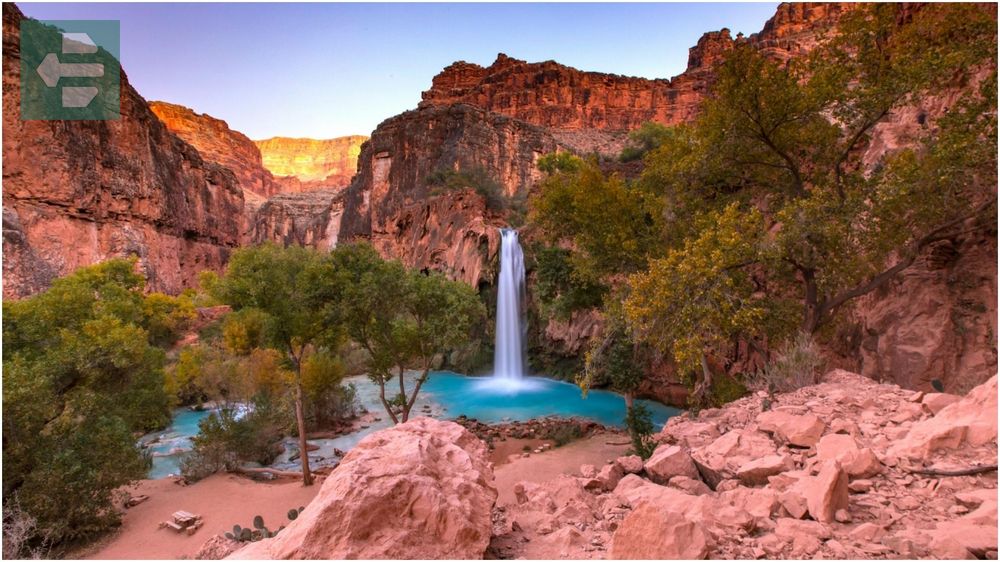
The Grand Canyon stretches 277 river miles long and up to 18 miles wide. Standing at the South Rim, you witness two billion years of Earth's history exposed in layered rock walls.
Antelope Canyon's slot formations create cathedral lighting when sun beams penetrate the narrow openings. Photography tours book months ahead, but the experience of walking through these sculpted waves justifies any wait.
Quick Facts:
- Peak season: March-May, September-November
- Access: Phoenix Sky Harbor, Flagstaff airports
- Park fees: From $35 per vehicle (Grand Canyon)
- Suggested stay: 6-9 days
- Must-see spots: Grand Canyon, Sedona, Antelope Canyon, Saguaro National Park, Monument Valley
9. Washington: Emerald Corner
Washington's Olympic Peninsula contains temperate rainforests that receive 200 inches of rain annually. Moss drapes every surface like green velvet, and Douglas firs tower 300 feet overhead.
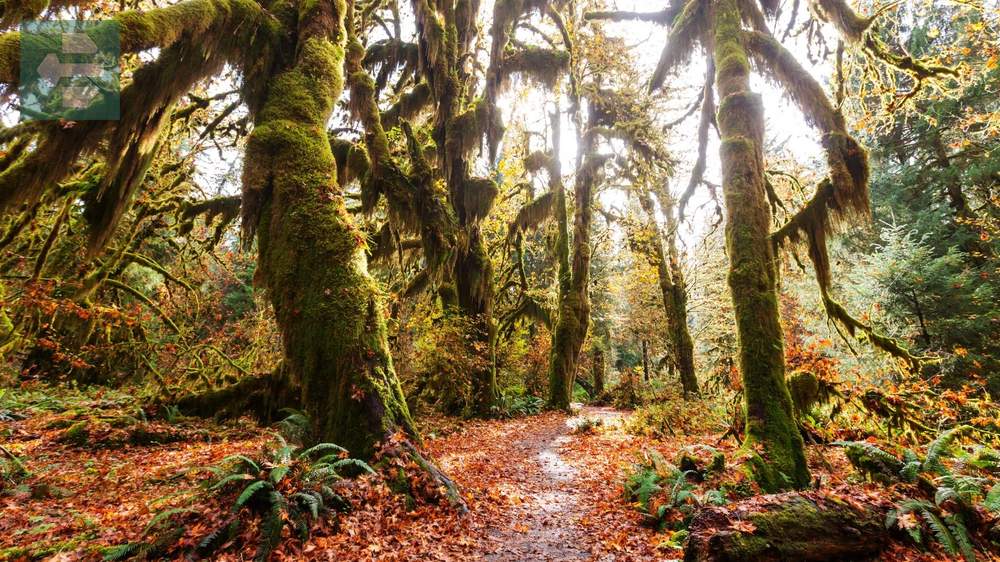
Mount Rainier dominates Seattle's skyline from 70 miles away. The mountain creates its own weather system, and climbers face glacial crevasses and altitude sickness on their way to the 14,411-foot summit.
Pike Place Market has operated continuously since 1907. The fish-throwing vendors attract tourists, but locals shop here for ingredients you cannot find in any supermarket.
Quick Facts:
- Peak season: July-September
- Access: Seattle-Tacoma International Airport
- Park fees: From $30 per vehicle (Olympic, Mount Rainier)
- Suggested stay: 6-8 days
- Must-see spots: Seattle, Olympic National Park, Mount Rainier, San Juan Islands, Columbia River Gorge
10. Oregon: Pacific Paradise
Oregon's coastline stretches 362 miles without a single private beach—all public by state law. Haystack Rock at Cannon Beach stands 235 feet tall and hosts tide pools teeming with sea stars and anemones.
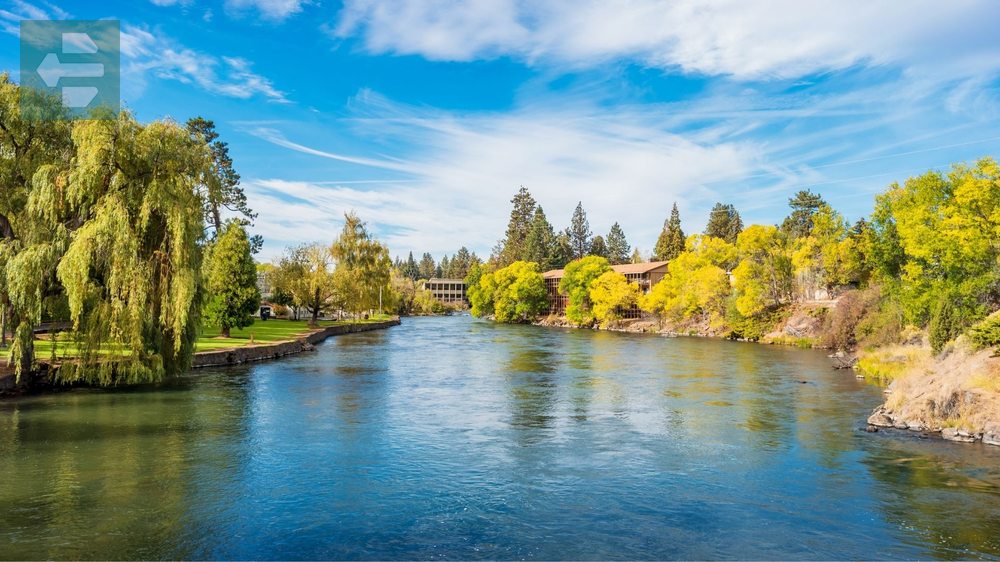
Crater Lake formed 7,700 years ago when Mount Mazama collapsed, creating a caldera that filled with snowmelt. The water reaches 1,943 feet deep and maintains a blue so intense it seems artificial.
Portland's food truck scene offers 500 mobile kitchens serving everything from Korean tacos to French macarons. The city's unofficial motto “Keep Portland Weird” extends to its culinary creativity.
Quick Facts:
- Peak season: May-September
- Access: Portland International Airport
- Park fees: From $30 per vehicle (Crater Lake)
- Suggested stay: 5-7 days
- Must-see spots: Crater Lake, Portland, Oregon Coast, Mount Hood, Columbia River Gorge
11. Montana: Big Sky Country
Montana's nickname “Big Sky Country” becomes clear the moment you drive Interstate 90 across the state. The horizon stretches unbroken for 100 miles in every direction, making you feel simultaneously small and infinite.
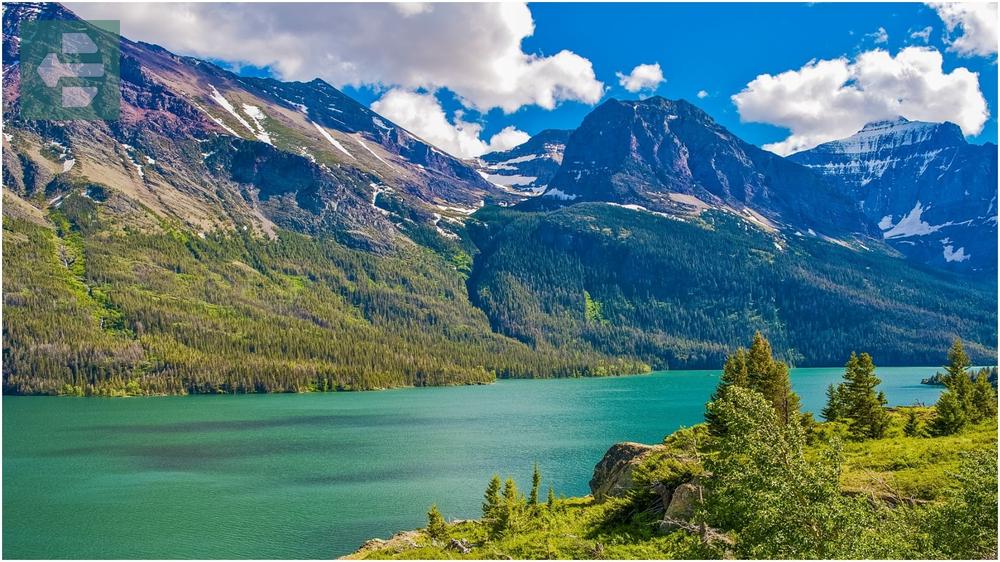
Glacier National Park protects one million acres along the Continental Divide. The Going-to-the-Sun Road climbs 6,646 feet through terrain that looks carved by giants—because glaciers essentially are.
During my stay at a working ranch near Bozeman, I learned that Montana contains more cattle than people. The ratio is roughly three to one, and you feel it in the emptiness that defines this landscape.
Quick Facts:
- Peak season: June-September
- Access: Billings, Missoula, Great Falls airports
- Park fees: From $35 per vehicle (Glacier)
- Suggested stay: 6-9 days
- Must-see spots: Glacier National Park, Yellowstone (partial), Beartooth Highway, Big Sky, Little Bighorn
12. Wyoming: Untamed Wilderness
Wyoming contains more antelope than people and takes pride in that ratio. Yellowstone National Park sits atop a supervolcano that last erupted 640,000 years ago—creating the geothermal features that make this place otherworldly.

Old Faithful erupts approximately every 90 minutes, shooting 3,700-8,400 gallons of boiling water up to 180 feet high. The mathematics are precise, but witnessing it feels like magic every time.
Grand Teton National Park rises abruptly from the valley floor without foothills—13,775 feet of granite reaching straight up. The mountains reflect perfectly in Jackson Lake on calm mornings before wind disturbs the mirror.
Quick Facts:
- Peak season: June-September
- Access: Jackson Hole Airport, Denver (drive)
- Park fees: From $35 per vehicle (Yellowstone, Grand Teton)
- Suggested stay: 7-10 days
- Must-see spots: Yellowstone, Grand Teton, Jackson Hole, Devil's Tower, Wind River Range
13. Maine: Rugged Atlantic Edge
Maine's 3,500-mile coastline twists around countless bays and harbors, creating more shoreline than California despite being much smaller. Acadia National Park protects 47,000 acres of granite cliffs and pine forests where the Atlantic meets ancient mountains.
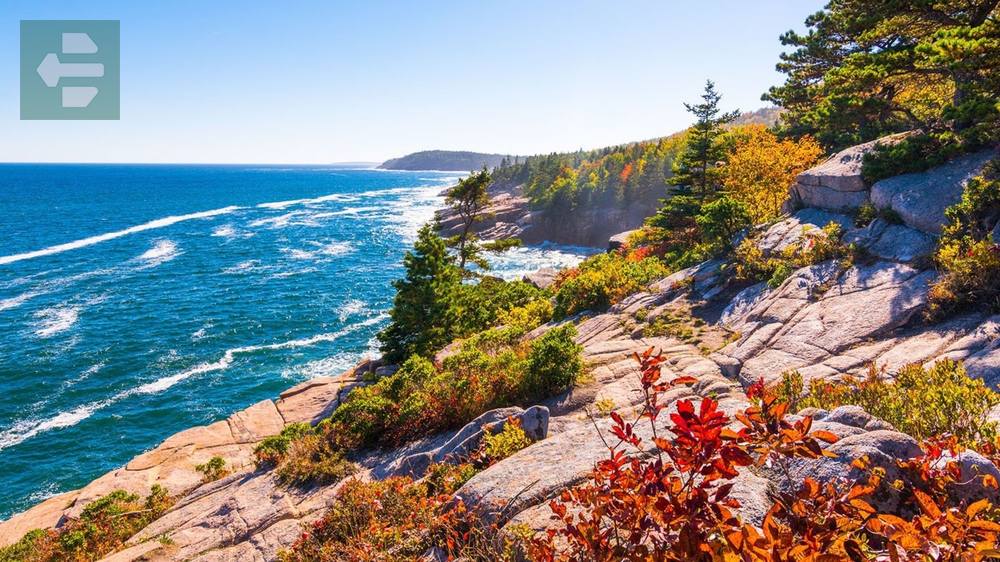
Bar Harbor transforms from sleepy fishing village to tourist destination each summer, but locals know the real treasures lie along the quieter stretches of Route 1. Lighthouses mark rocky points where nor'easters have claimed countless ships.
I arrived in Eastport at 4 AM to witness America's first sunrise from West Quoddy Head Light. Standing on those cliffs with coffee steaming in 40-degree air, watching darkness retreat across the North Atlantic—some experiences require inconvenience.
Quick Facts:
- Peak season: June-September
- Access: Portland Jetport, Bangor Airport
- Park fees: From $30 per vehicle (Acadia)
- Suggested stay: 4-6 days
- Must-see spots: Acadia National Park, Portland Head Light, Bar Harbor, Kennebunkport, Pemaquid Point
14. Vermont: New England's Heart
Vermont's Green Mountains roll across the landscape like a wrinkled blanket, creating valleys where maple syrup farms and covered bridges define the scenery. Fall foliage season draws leaf-peepers from around the world.

The state produces 50% of America's maple syrup from 2,000 sugarhouses scattered throughout the mountains. March brings sugaring season, when snow still covers the ground but sap runs sweet in maple veins.
Stowe's ski slopes challenge experts while the village maintains its authentic New England charm. Unlike resort towns that feel manufactured, Stowe grew organically around skiing, creating a community rather than just a destination.
Quick Facts:
- Peak season: September-October (foliage), December-March (skiing)
- Access: Burlington Airport, Boston (drive)
- Park fees: Most areas free (state parks from $4)
- Suggested stay: 3-5 days
- Must-see spots: Stowe, Burlington, Montpelier, Green Mountain National Forest, Lake Champlain
15. North Carolina: Mountain to Sea Diversity
North Carolina stretches from Great Smoky Mountains to Outer Banks beaches—containing ecosystems as diverse as any state in America. The Blue Ridge Parkway winds 469 miles through mountain terrain that inspired countless folk songs.
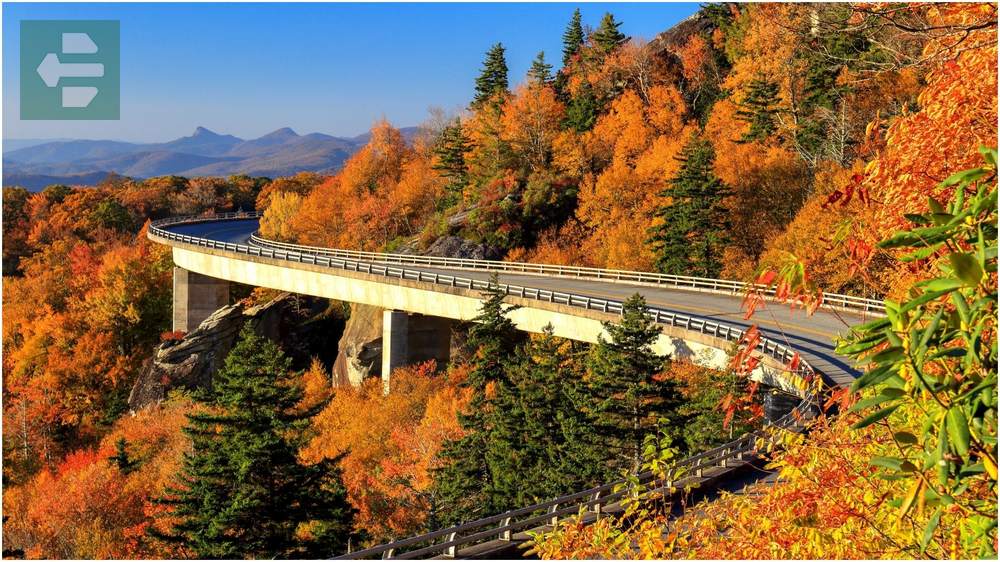
Asheville sits in a bowl surrounded by 6,000-foot peaks and has become the South's craft beer capital. The city hosts more breweries per capita than San Diego, and the mountain water creates distinctly Appalachian flavors.
Cape Hatteras Lighthouse stands 208 feet tall and was moved 2,900 feet inland in 1999 to escape erosion. The Outer Banks shift constantly, creating new inlets while closing others—barrier islands in perpetual motion.
Quick Facts:
- Peak season: April-June, September-November
- Access: Charlotte, Raleigh-Durham airports
- Park fees: From $30 per vehicle (Great Smoky Mountains)
- Suggested stay: 6-8 days
- Must-see spots: Great Smoky Mountains, Asheville, Outer Banks, Blue Ridge Parkway, Cape Hatteras
America's best places to travel span from volcanic islands to alpine peaks, from desert canyons to Atlantic shores. Each destination rewards curious travelers with experiences that exist nowhere else on Earth.
Your next adventure waits in these landscapes shaped by fire, ice, wind, and time. Pack light, expect the unexpected, and prepare to discover why millions of visitors return year after year.
The road calls. Answer it.
